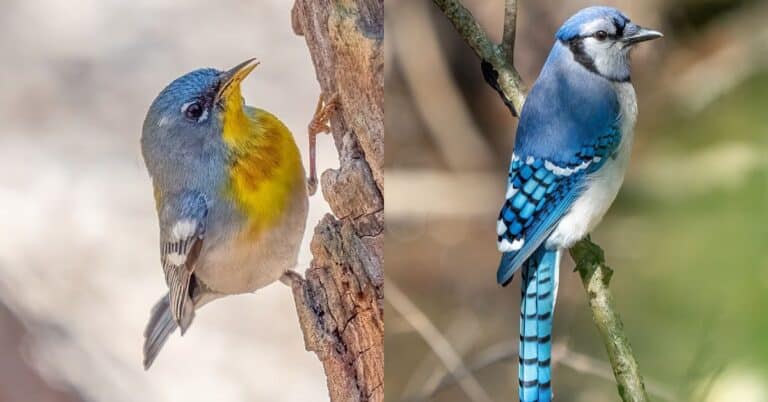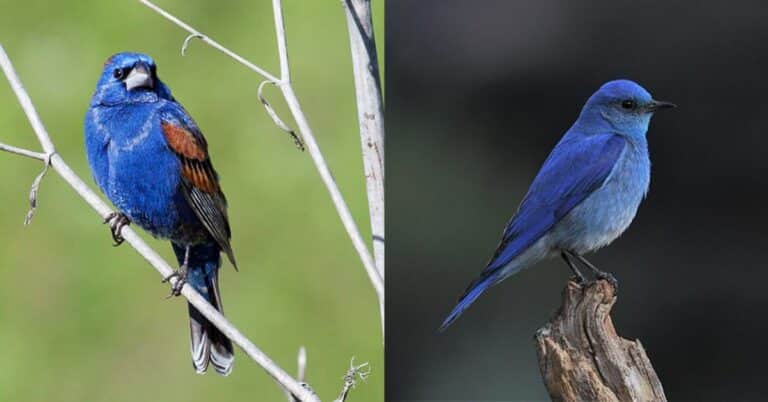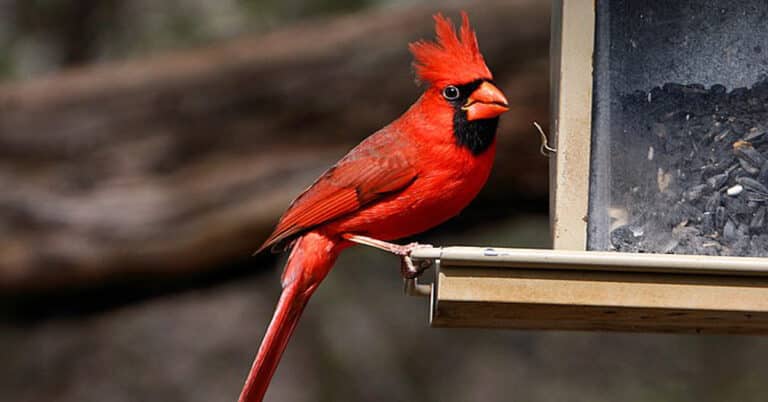Parrotlets
The Parrotlets belonging to the Psittacidae family are varieties of small parrots. They look very similar to Parakeets, but these Parrotlets are a bit smaller compared to them. They belong to the New World Parrot species group. These types of birds have originated from the South and Central America.
The Parrotlets are generally very affectionate, feisty, and willful. They are similar to the Lovebirds in terms of bonding. Pairs bond very closely with each other; hence if you want to breed Parrotlets, then breed only a single bird. They are basically dimorphic (males and females look different) in nature and easy-to-breed birds.

Description
These birds resemble the green little Parakeets, as the Parrotlets also possess olive green plumage. Their back and chest portion have grayish patches. They grow about 10 to 14 cm in height, and weigh around 28 to 32 g. They have a round and pear-shaped stocky body with pink feet and beaks. The wings and feathers are deep blue in color. The female also looks similar to the male, but the wings are not blue colored like the male.
Reproduction
The Parakeets do not build nests for egg-laying process. Hence we have to provide them with a large nest box that is at least 6 x 7 x 8 inch in size. The female bird lays an egg every alternate day, till the clutch has about 4 to 8 and sometimes 10 eggs. The eggs will be incubated by the hen for at least 18 to 19 days. During the incubation period, the male bird feeds the female bird. After the eggs hatch, the parents feed the kids, and, as they turn 6 to 8 weeks old, they will fly independently and leave the nest.
Rearing Parakeets At Home
Cage
Though they are small-structured, a big and spacious cage is necessary for breeding these birds. The minimum size of the cage should be 30 x 16 x 16 inches, and it should have space less than ¼ inches between the bars. There should be enough space to place toys, perches, and food and water dishes. They need lengthy rather than tall cages, as they can move around and play with the toys.
Food
The Parrotlets should be given a well balanced diet to keep them healthy, and thereby to have a long lifespan. The foremost item in a balanced diet is the pellets along with fresh fruits and vegetables. A seed diet can also be provided, but it should be complemented with other nutritious foods. These birds also require calcium in a good proportion, which can be acquired from the cuttlebone. They also prefer to eat whole grain products like bread, bun, and rice. They also like like potatoes, popcorns, pastas, pizza crust and many more. Never forget to provide them with fresh water every day.
Care
Like the other pets, the Parrotlets also require some attention and care. If you cannot spend enough time with them, then the best option is to get a pair for your pet. The pair can spend time with each other by playing, eating and preening. Always behave calmly towards these tiny pets, because loud noises and harsh movements will frighten them, and they can turn aggressive. These birds like to swing, hence along with perches, place a swing inside the cage. Keep their cage and dishes clean by washing regularly. Change and add new toys regularly to keep away their boredom.

Having discovered a fondness for insects while pursuing her degree in Biology, Randi Jones was quite bugged to know that people usually dismissed these little creatures as “creepy-crawlies”.







